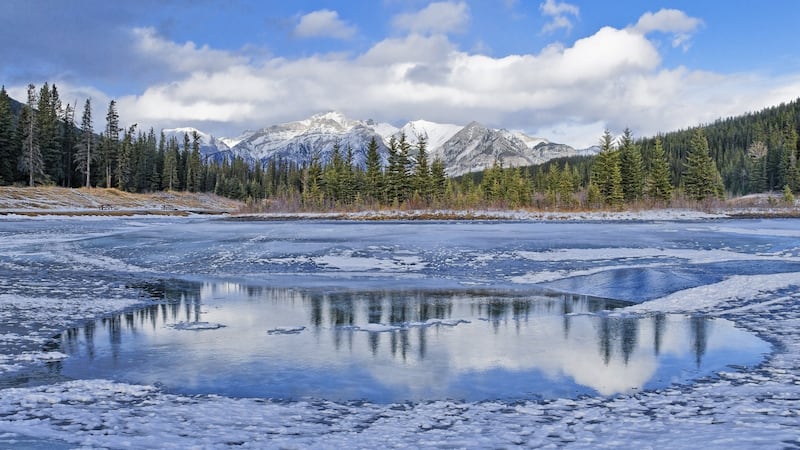In the preface to his 1853 memoir Solitary Rambles and Adventures of a Hunter in the Prairies, the Victorian geographer and adventurer Capt John Palliser confessed (only semi-self-effacingly) that he was "more accustomed to the use of the rifle and the hunting knife than to that of the pen".
In the wilderness, Palliser wrote, the most important item a man required was a first rate double-barrelled gun. And the manufacturer he recommended was Trulock & Son, of Dawson Street, Dublin, “which for accuracy, power and trustworthiness, I have seldom seen equalled, and never seen excelled”.
Palliser was born in Co Waterford in 1817, a descendent of William Palliser, the 17th-century Church of Ireland archbishop of Cashel. A Trinity College dropout, he was commissioned as an officer in the British army, but seems to have spent most of his time on private hunting trips in India, Ceylon, Russia and North America.

Despite his protestations to the contrary, his prose is very readable, if frequently outrageous to the sensibilities of the modern reader. Today Palliser is best remembered as a surveyor. Yet as a chronicler of his time, the man had some glaring blind spots.
Horrific
In one early trek across the American South, he appraised every steam engine and riverboat he encountered, and never met an animal he didn’t want to shoot. But on the hot-button issue of slavery, soon to rip the United States apart, he ventured no opinion whatsoever.
Indeed, in one horrific segment, titled “Black bait for an alligator”, Palliser provided an account “for my readers’ amusement”, of how his brother Frederick used a terrified slave child as bait to lure alligators in Arkansas.
Elsewhere, he contrasted hunting in the wilderness, where success was necessary if one wished to eat that night, with hunting for sport at home, where “the excellent dinner awaiting you is not the less sumptuous in consequence of the gun not having been held straight”.
That passage was set in 1847, at the height of the Irish Famine. Back in Ireland, Palliser had once been involved in relief work for the poor. Yet if he had any thoughts about the calamity then unfolding in his native country, he didn’t see fit to share them with his readers.
In fact, due to his father colonel Wray Palliser’s laudable efforts to alleviate suffering among tenants on the family’s estates, coupled with the sons’ costly hunting trips abroad, the Pallisers’ vast fortune was rapidly diminishing, another harsh reality to which the eldest son and heir appears largely to have been oblivious.
Major expedition
From 1857 to 1860, Palliser led the British North American Exploring Expedition of the mountains and southern prairies in what is now Canada. It is for this that he is chiefly renowned today. The five-man expedition surveyed the climate, geology, flora and fauna of that vast expanse. Palliser also discovered important routes across the Rocky Mountains and, ultimately, opened up the Canadian west to settlement.
His formal account of that trip, which was presented as a report to the Houses of Parliament, is a much more scholarly work than his earlier memoir and, consequently, probably of less interest to the general reader.
During the American Civil War of 1861-65, Palliser was known to be sympathetic to the Confederate side. More than once he ran the Yankee blockade to visit the South, for purposes that remain murky to this day. In 1877 he was awarded a CMG (Companion of the Order of St Michael and St George) by Queen Victoria. He died in Comeragh House in Co Waterford a decade later and was buried in the local church.
Though largely forgotten at home, his name lives on elsewhere. The grand Fairmont Palliser Hotel in Calgary, Alberta is named in his honour, as is that city's Palliser neighbourhood and the Palliser Mountain Range in the Canadian Rockies. The range, which includes five major peaks, lies close to the Fairholme Range, which Palliser named after his sister Grace Fairholme.










